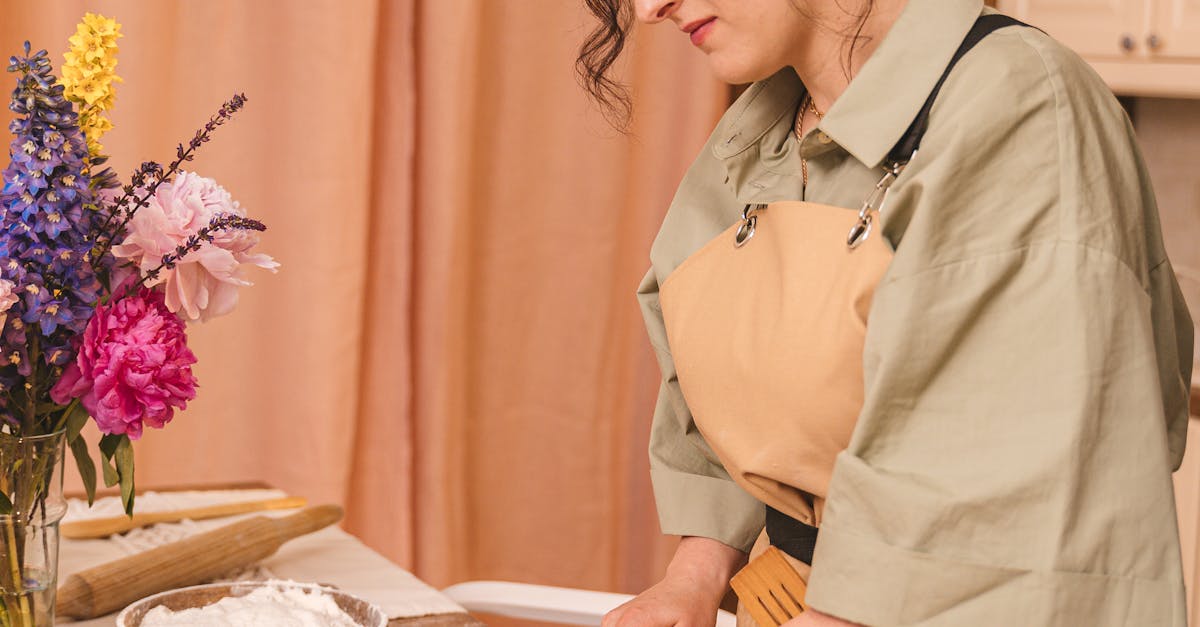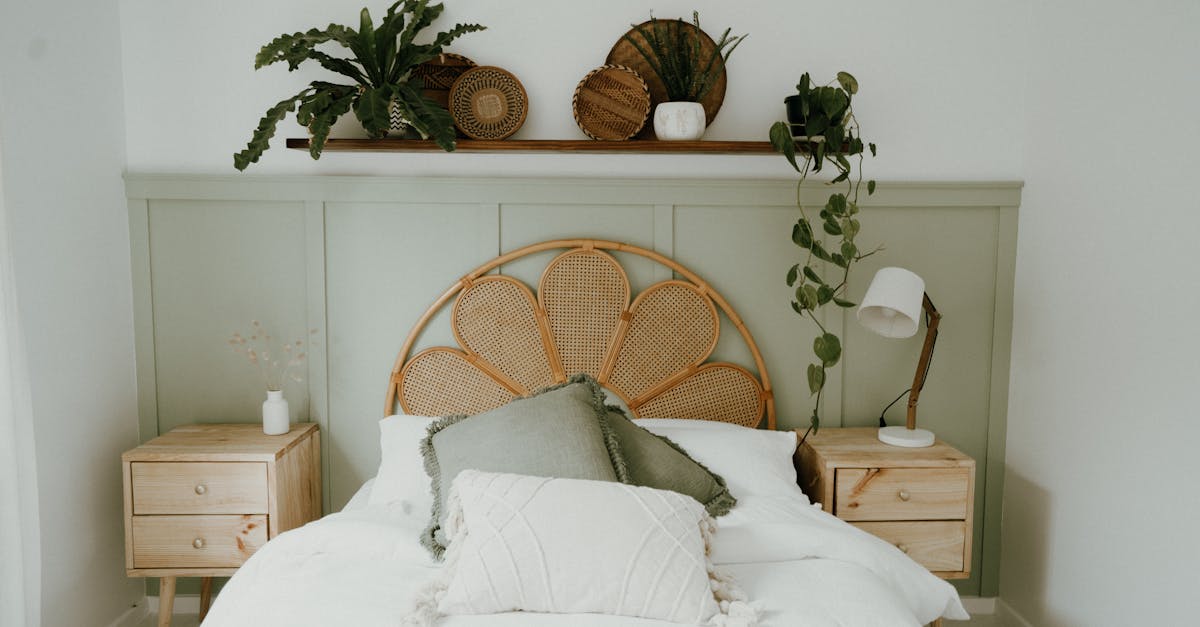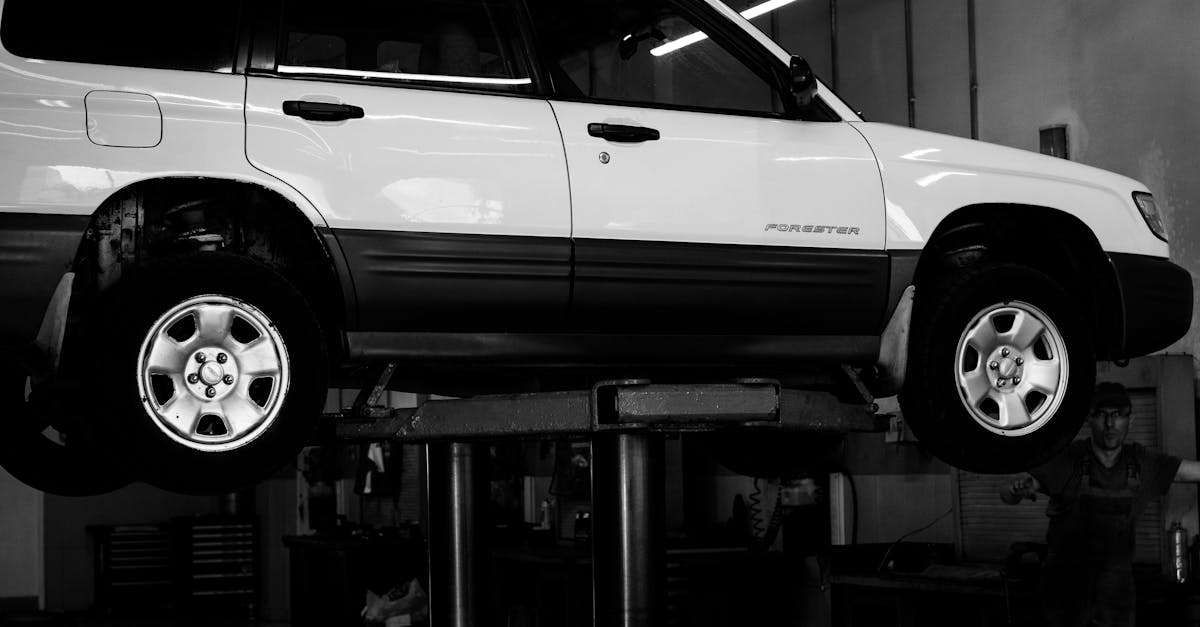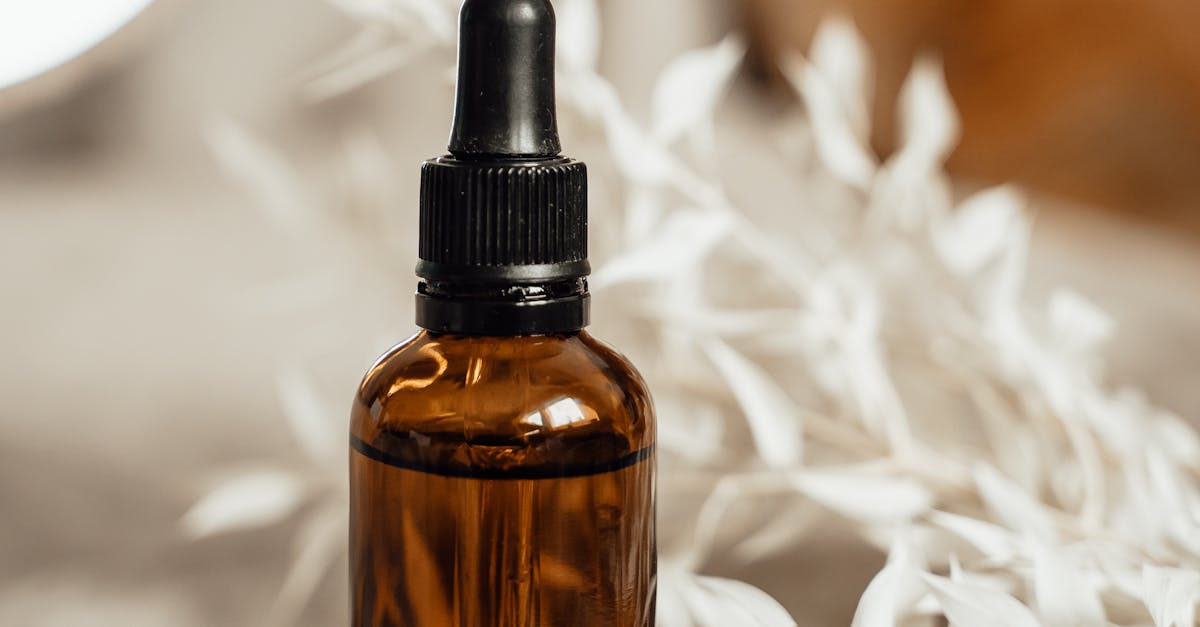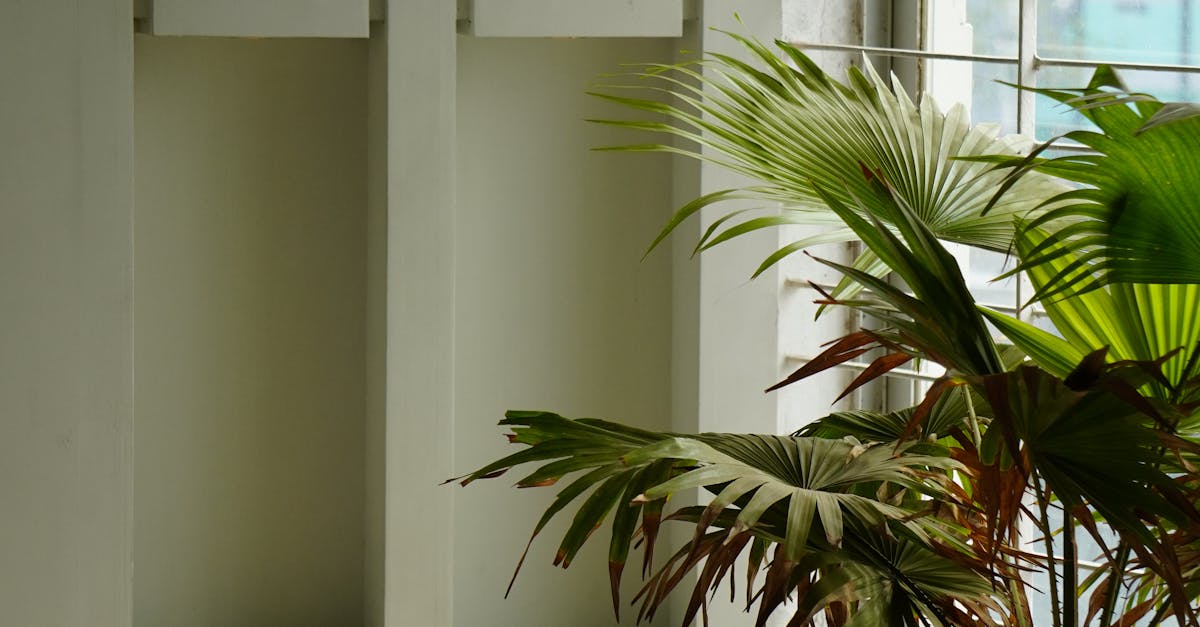
Best Indoor Plants For Apartments With No Natural Light
- October 02, 2024
- 3 min Read
- Views 650
Best Indoor Plants for Apartments with No Natural Light
Living in an apartment without natural light can be challenging for plant enthusiasts. However, there are several resilient indoor plants that can thrive in low light conditions. This article delves into the best indoor plants for apartments with no natural light, offering insights into their care and maintenance to ensure a verdant indoor space.
Zanzibar Gem (Zamioculcas zamiifolia)
The Zanzibar Gem, commonly known as ZZ plant, is celebrated for its ability to withstand low light environments. It is an ideal plant for apartments with no natural light due to its glossy, deep green leaves that bring a touch of nature indoors. This plant requires minimal water and can grow well under fluorescent lighting.
Care Tips:
- Water sparingly, allowing the soil to dry out between waterings.
- Place near artificial light sources.
- Avoid direct sunlight to prevent leaf burn.
Snake Plant (Sansevieria trifasciata)
The Snake Plant, or Mother-in-Law's Tongue, is renowned for its hardiness and ability to grow in low light conditions. Its upright, sword-like leaves make a striking addition to any apartment. The Snake Plant can not only survive in dim corners but also purifies the air, making it one of the best indoor plants for apartments with no natural light.
Care Tips:
- Water every 2-6 weeks, depending on humidity and temperature.
- Use well-draining soil to prevent root rot.
- Position under indirect artificial light.
Pothos (Epipremnum aureum)
Pothos is a versatile plant that thrives in low light environments. Its heart-shaped leaves can adapt to a variety of lighting conditions, making it a perfect choice for apartments with no natural light. Furthermore, Pothos can grow in both soil and water, offering flexibility for apartment dwellers.
Care Tips:
- Water when the top inch of soil feels dry.
- Trim back vines to encourage bushier growth.
- Support with stakes or a trellis if desired.
Guide Steps for Choosing and Maintaining Indoor Plants in No Natural Light Apartments
- Identify Low Light Plants: Opt for plants known to thrive in low light, such as ZZ plants, Snake Plants, and Pothos.
- Use Artificial Lighting: Place plants under fluorescent or LED grow lights to supplement natural light.
- Regular Watering: Mobile apps or reminders can help maintain a proper watering schedule tailored to each plant's needs.
- Proper Soil and Containers: Select well-draining soil and pots with drainage holes to prevent water stagnation.
- Monitor Plant Health: Regularly check for signs of stress, pests, or diseases and address immediately to prevent spread.
FAQ
Q: Can plants survive solely under artificial light?
A: Yes, many indoor plants can thrive under artificial light, provided it's sufficient in intensity and duration. Fluorescent lights and LED grow lights are effective at providing the necessary spectrum for photosynthesis.
Q: How often should I water my low light plants?
A: The watering frequency depends on the specific plant, humidity levels, and temperature. Generally, low light plants require less water. Check the soil moisture before watering to avoid overwatering.
Q: Are there any other low light plants I should consider?
A: Yes, other low light plants include the Cast Iron Plant (Aspidistra), Peace Lily (Spathiphyllum), and Chinese Evergreen (Aglaonema). These plants are also suitable for apartments with no natural light.
Tags
#IndoorPlants #NoNaturalLight #LowLightPlants #ApartmentLiving #PlantCare #ZZPlant #SnakePlant #Pothos #ArtificialLighting #PlantMaintenance
References
People Also View
-
1October 01, 2024
-
2October 01, 2024
-
3October 01, 2024
-
4October 13, 2024
-
5October 02, 2024
Categories
- Near Me 2147 Posts
- How To 548 Posts
- Where To 257 Posts
- Why 90 Posts
- How Much 97 Posts
- Travel 202 Posts
- Food And Drink 815 Posts
- Shopping 797 Posts
- Lifestyle 1050 Posts
- Automotive 364 Posts
- Digital Income 70 Posts


